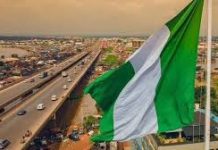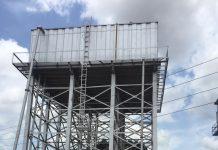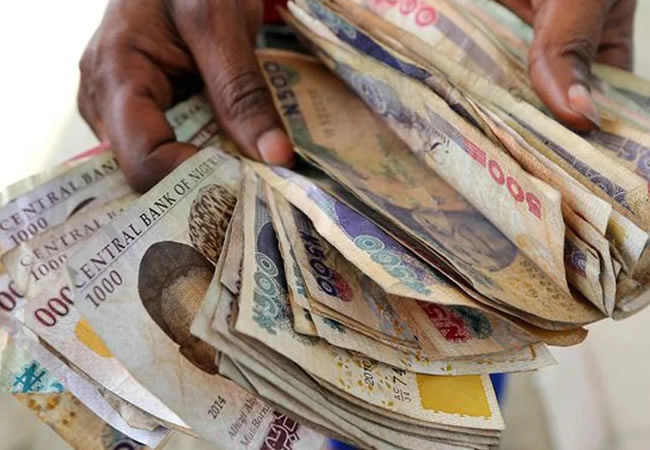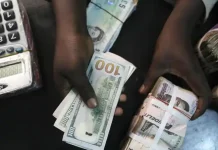Money market interest rates remained high as Nigerian banks faced persistent liquidity concerns. Last week, there was a continuing financing deficiency, with no large inflows to reduce the imbalance.
The Nigerian Interbank Offered Rate (NIBOR) rose as banks, facing constrained liquidity, sought higher rates to secure funding. The financial crunch led to increased borrowing, particularly as banks prepared for midweek Treasury bill auction sales.
Although the market received a minor boost from inflows of about ₦66 billion from FGN bond coupon payments, it wasn’t sufficient to turn liquidity positive. Consequently, many banks relied on the Central Bank of Nigeria’s Standing Lending Facility (SLF) to meet operational demands.
Interbank rates remained high, with the Overnight Policy Rate (OPR) edging up by 5 basis points to 32.38%, while the Overnight Rate (O/N) stayed relatively stable at 32.75%.
Following the recent FAAC meeting, ₦1.424 trillion was approved for distribution across the three tiers of government. Of this sum, ₦673.84 billion is expected to flow into the market. Analysts predict that until these funds are disbursed, liquidity conditions will remain tight, keeping money market rates elevated.














